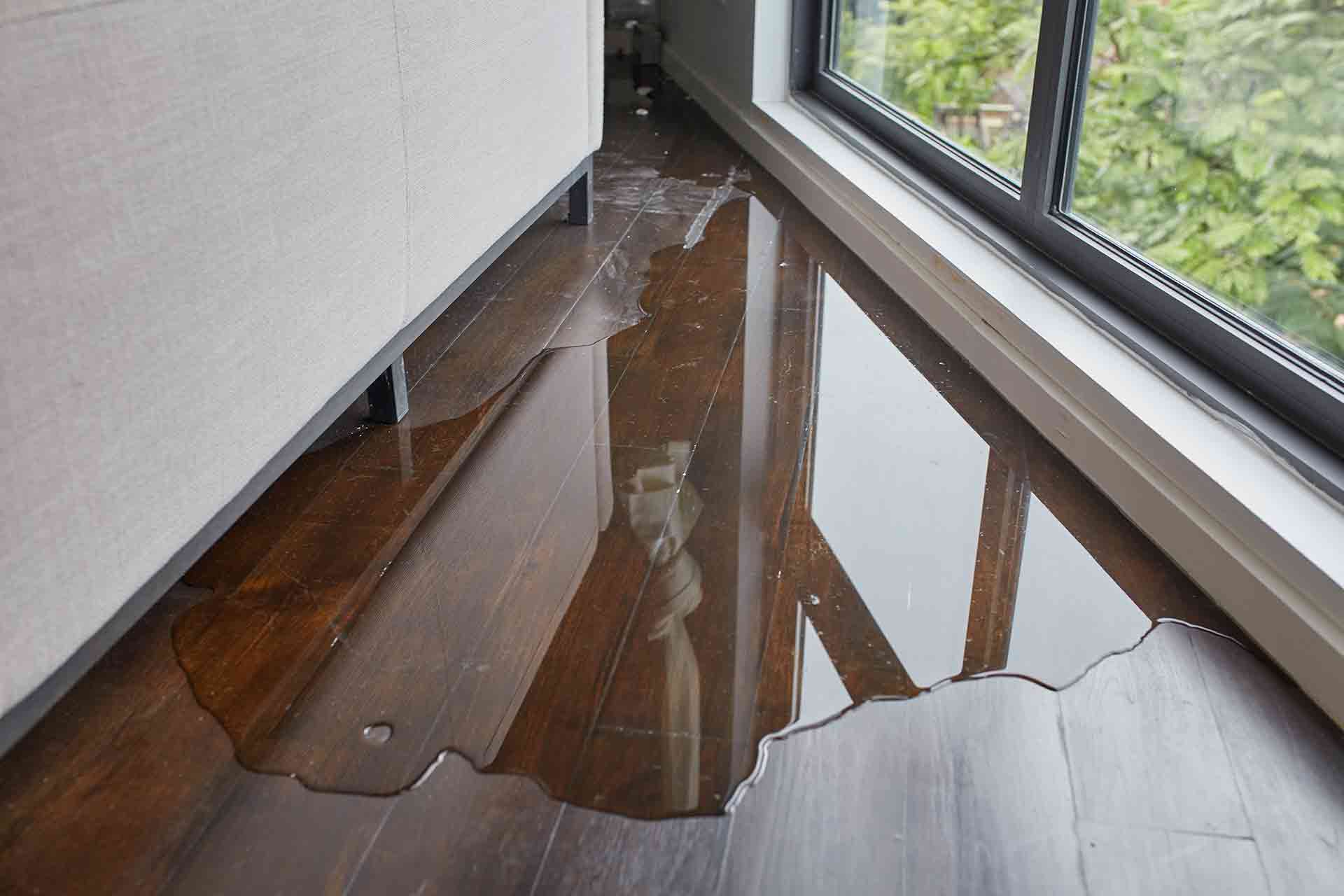They are making a number of good annotation relating to Common Causes of Water Damage in a Bathroom overall in this great article down the page.

The restroom is very at risk for moist build-up and also potential water damage because of the constant use of water in it. This post supplies easy assessment techniques to help identifying water damages dangers.
The frequent use of water in the shower room makes it extremely susceptible for damp buildup and also potential water damage. By checking it regularly, you can decrease water associated problems.
The adhering to set of inspections is easy to carry out as well as need to be done once in every three months in order to keep your washroom in good shape and to avoid possible water problems caused by the tub, the shower, pipeline joints and also plumbing, sinks, cabinets, as well as the bathroom
Do not forget performing these evaluations as well as be detailed while executing them. Keep in mind that these simple evaluations can conserve you a great deal of cash by giving very early indications for water damage
Sinks and Cabinets
Sinks as well as cupboards are subjected to dampness and also moisture day-to-day and are frequently neglected. Examine on a regular basis under the sink and also on the kitchen counter over it. Fix any kind of drip in the catch as it might recommend drainpipe troubles. Look around the sink, slow draining pipes may indicate a blocked drain. Replace sink seals if they are cracked or loose.
Bathtub and Shower
The shower and also bath tub need special interest as well as maintenance. Check the tiles and replace if cracked. See to it that there is no missing out on cement in between the tiles. Examine and replace fractured caulking at joints where the wall surfaces fulfill the flooring or the tub. Blocked drains and pipelines troubles will certainly stop the tub from drying and might show severe issues below the bathtub. Seek advice from a specialist promptly to avoid structural damages. Take note of discolorations or soft locations around the bath tub walls as they may show an inner leak.
Plumbing
Signs for water damage are tough to find considering that many pipes are mounted inside the walls.
Pay special focus to flooring and wall surfaces wetness and discolorations as they might indicate an invisible plumbing trouble. Inspect moisture degrees in adjoining areas also.
The Toilet
The commode is a prone water junction. Examine the water lines as well as search for leakages around the toilet seat, in the tube, as well as under the water tank. If you identify any type of indicators of wetness on the flooring around the bathroom, check for leaks in the toilet edge as well as tank seals.
Know that hanging toilet dish deodorants raises the possibilities for obstructions.
Water Damage Signs In The Bathroom To Avoid Cleanup
Musty smell
This is one of the easiest signs to catch because musty smells are so odorous. The damp, earthy, moldy smell should be a big red flag. The smell will develop when moisture gets trapped in surfaces, and begins to facilitate mold growth. Leaking pipes under cabinets, inside walls, and behind shower fixtures will cause moisture to stay trapped and not dry, which will lead to mold growth and spread. As soon as you notice any musty smells in your bathroom, have it checked for hidden water damage and cleanup signs.
Visible mold
If the smell isn’t there to give it away, sometimes you will actually see mold growth. Finding mold in your bathroom is a serious problem, because mold is very harmful to your health. By the time mold growth is visible, it also means that water damage has already occurred and been present for some time. The only way the mold problem can be resolved is to find the source of the moisture and get it stopped. To safely and adequately remove mold, you need to have professionals handle the remediation. Do not waste any time in getting mold problems addressed, fixed, and sanitized so that you can protect you and your family from the many respiratory symptoms caused by mold exposure.
Damaged floors
Bathroom floors should be able to withstand some exposure to water while still remaining in good condition. However, when excess exposure or water leaks occur, they will begin to damage even the most water-resistant flooring. If you notice any cracking, bubbling, staining, or warping on your bathroom floors, there is probably a water leak somewhere causing the distortion. If you notice areas of the floor have become softer, or even have a spongy feeling, there is probably damage to the subfloor. Subflooring is typically made up of plywood. When plywood is exposed to water or moisture, it will absorb it. Once it has become saturated, the weight of the excess water will cause the wood to swell and soften. Check the floors in your bathroom frequently to catch any of these sings before they lead to damaged subflooring.
Changes on walls
When water leaks behind walls, it will cause changes in the drywall. Peeling plaster, blistering paint, and soggy wallpaper are all good indicators that excess water is building up behind the wall. Water leaking behind drywall will cause it to swell and be soft to the tough. If you start to notice gaps along the trim of your walls, or where tile meets the wall, it could also be a strong indicator that there is a leak behind the wall. Any changes, distortion, or damage on the walls should be evaluated as soon as you notice it to prevent further water damage and cleanup.
We were guided to that report about How to Fix a Water Damage Bathroom from someone on a different domain. Make sure you take a moment to distribute this blog if you enjoyed it. Many thanks for taking the time to read it.
Visit My Site